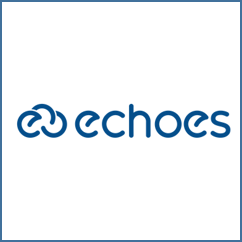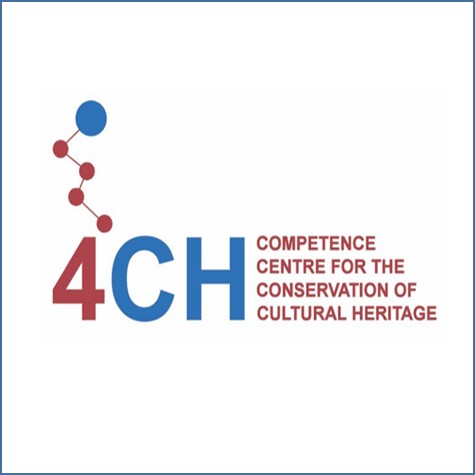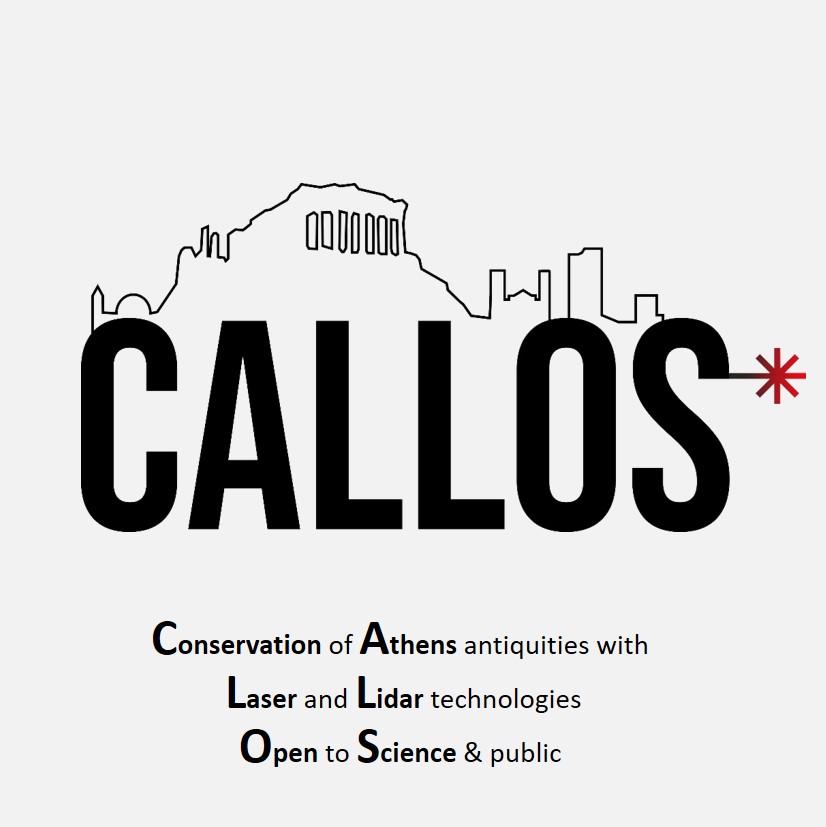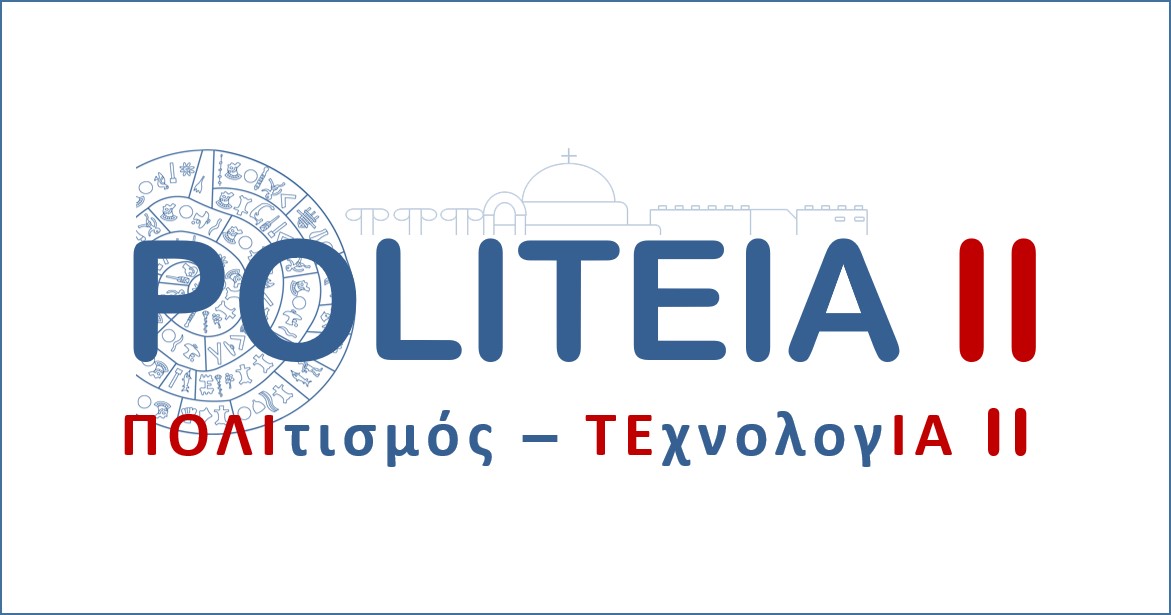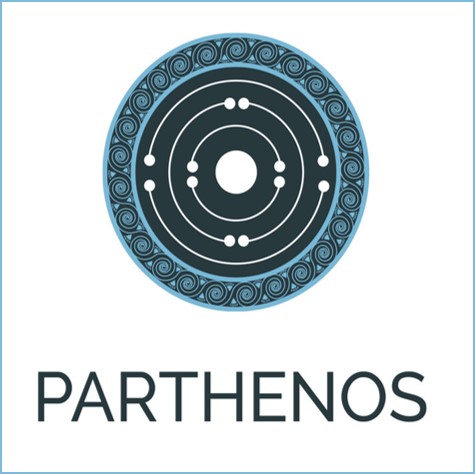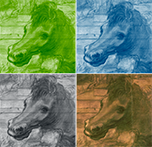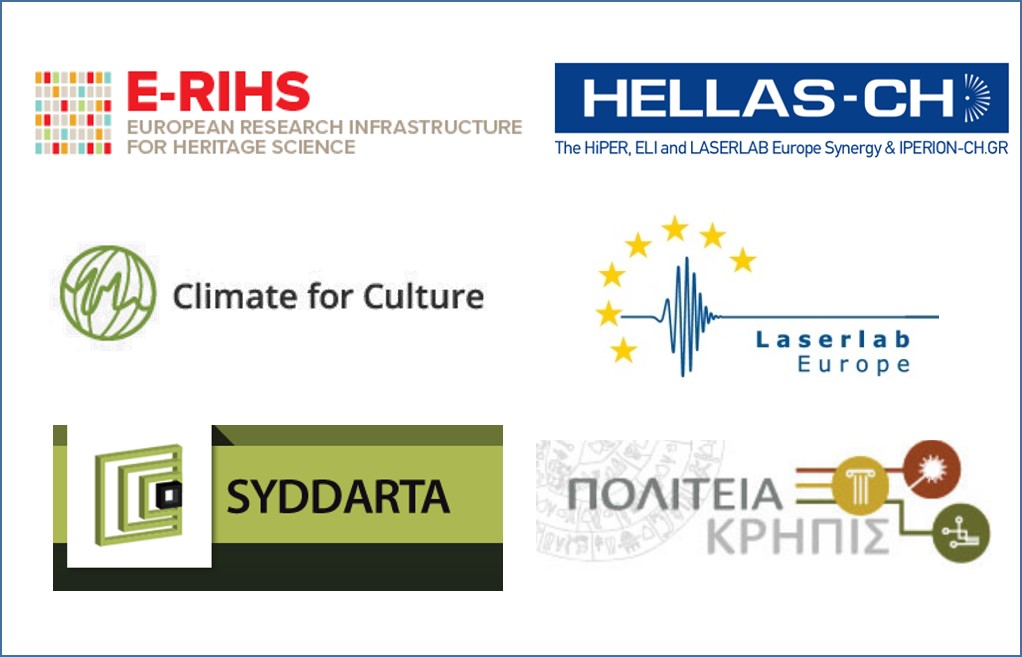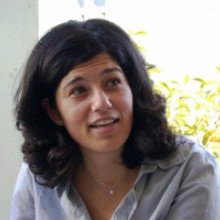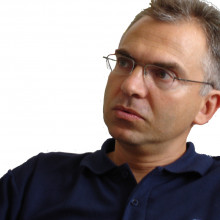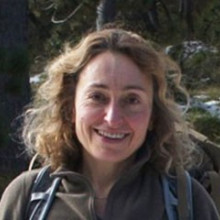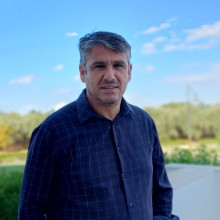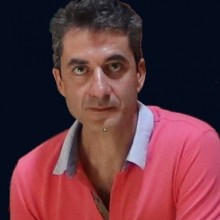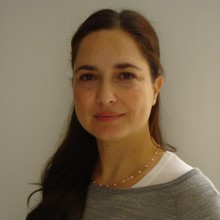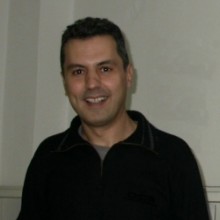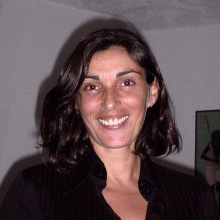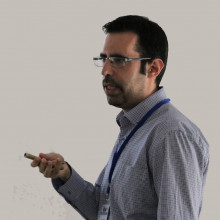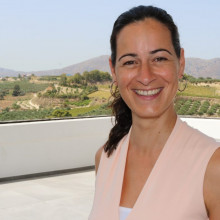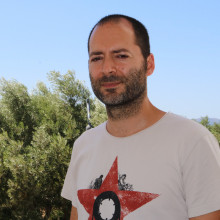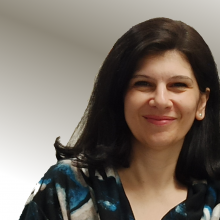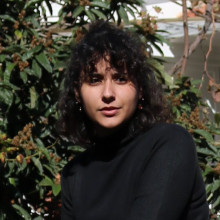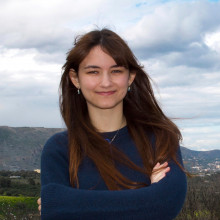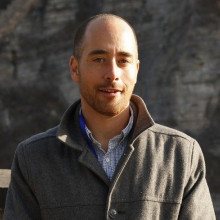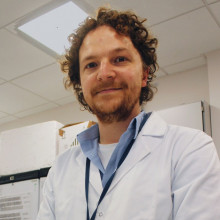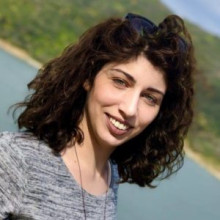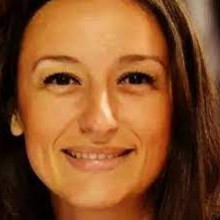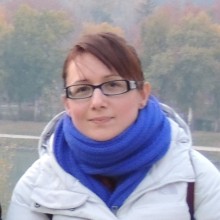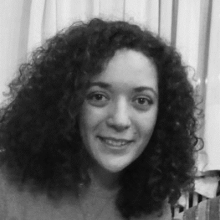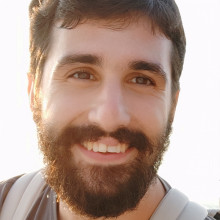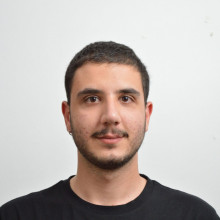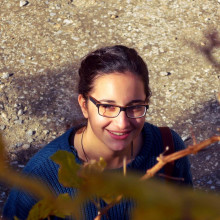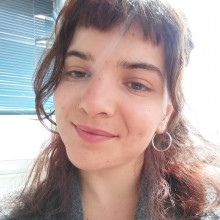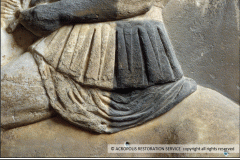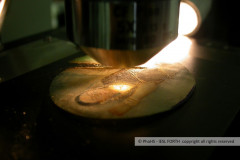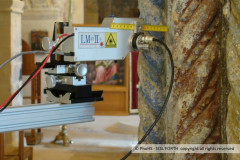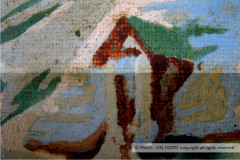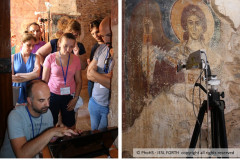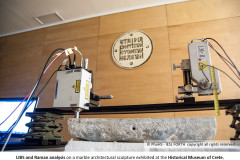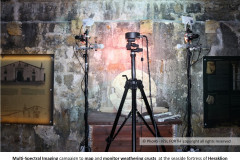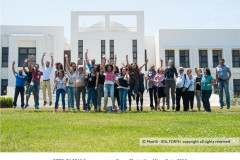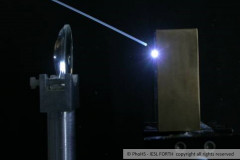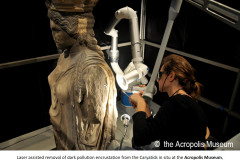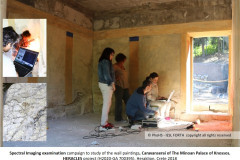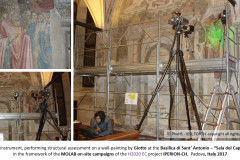Frontier, innovative research performed by the “PHOTONICS FOR HERITAGE SCIENCE (PhoHS)” group for over twenty years has positioned IESL-FORTH among the leading centers worldwide for scientific research and technological development of cutting-edge laser and optical tools that offer new and efficient approaches to the diagnostics and conservation of works of art and antiquities. Emphasis is placed on: a) laser ablation methodologies for cleaning and restoration, b) laser spectroscopy for compositional analysis, c) multispectral imaging, and d) holographic metrology techniques for structural diagnosis.
The vision and the mission of this activity has been to develop state-of-the-art laser-based methods to a) enhance our understanding about cultural heritage (CH) materials and processes and b) provide versatile and effective tools for the analysis, diagnosis, preservation and restoration of archaeological/historical objects, works of art, and monuments.
The principal axes and the main developmental objectives of the individual activities are highlighted in the following:
Research Topics

Research at the Laser Cleaning (LC) group is developing novel laser ablation methodologies in order to meet a number of diverse conservation and cleaning challenges.
Highlights of this activity are:
- The initiation of a Bilateral collaboration between IESL-FORTH and the Conservation department of the PALACE MUSEUM in Beijing, CHINA with the aim to organize a common Laser Technology Joint Laboratory on Cultural Heritage with the name “NIKI” currently under the "One belt, One road initiative".
- The development of a prototype laser system and methodology for the removal of pollution encrustation from the Parthenon Sculptures, which ensures safe and controlled cleaning without discoloration side-effects. This methodology is being applied since 2002 in a number of sculptures at the Athenian Acropolis Monuments (i.e. the West Frieze, metopes and pedimental sculptures of the Parthenon, the >Frieze of the Athena Nike Temple, and the roof of the Caryatids’ porch in the Erechtheion).
Since 2011 it has been also included in the regular conservation practice of the Acropolis Museum and along these lines an advanced laser laboratory has been set up on the visitors’ floor where the Caryatids are exhibited. Removal of pollution accumulations from their surface takes place in this laboratory while visitors can follow live the cleaning process is carried out. Further synergies between the Acropolis Museum and IESL-FORTH have been planned in the context of an “open common laboratory” in which modern laser-based diagnostic and imaging techniques will be used for expanding the knowledge and deciding the best conservation practices for the exhibits.
Current research and activities aimed at:
- elucidation of laser induced side-effects in Cultural Heritage applications e.g. yellowing of stonework and pigments’ discoloration,
- optimisation of laser-assisted removal of polymeric over-layers from paintings,
- monitoring and control of the cleaning intervention through optical and laser-based techniques (spectral, optoacoustic, non-linear imaging, laser spectroscopies, holographic interferometry, etc.),
- realization of laser cleaning projects on important CH objects and monuments in the lab or in-situ.
Additionally, the implementation of laser technology to other challenges in Heritage Conservation is investigated.
Recently research efforts have been focused on the restoration of cracks and other pathologies found on the surface of glazed ceramics using laser irradiation; cracked glazed surfaces have been restored on the principle of laser-induced local and controlled melting of the existing glaze material (Restoration of vitreous surfaces using laser technology).

The main direction of the optical imaging activity is to develop new methods for the non-contact, non-invasive, in-situ examination and continuous inspection of CH objects. Applications include:
- mapping of varnish and paint layers,
- stratigraphic analysis and visualization of under-drawings,
- assessment of past conservation treatments,
- real time monitoring of cleaning interventions etc.,
on the basis of reflectance imaging and spectroscopy. The goal of this research is to investigate, quantify and expand the potential applications of spectral imaging on CH objects, while continuous technical developments both in hardware and software target to improve analytical capabilities.
Recently, a novel technique, Photoacoustic Imaging, predominantly developed in the context of biomedical research, has been applied on CH objects. The photoacoustic signal can overcome limitations of light and offer substantially improved detection sensitivity at high spatial resolution. The technique has been proved to be capable of uncovering “hidden” features in multi-layered CH objects such as paintings and determining the thickness of thin layers thus providing micrometric precision stratigraphic information. Finally, the potential of applying the photoacoustic signal for the in situ and real-time monitoring of laser cleaning interventions is currently investigated.
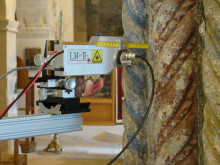
Laser Spectroscopic Analysis is necessary and sometimes vital for the examination of CH objects, since it provides information not only for their constituents but also for deterioration materials, pollutants and other substances that have developed throughout time on the objects and may lead to their aesthetic and structural decline.
Timely and accurate detection of these deterioration materials can lead to proper conservation and restoration treatments, which can safeguard and actually save the CH objects. Moreover, a series of questions can be answered such as the authenticity of artworks, style of the painter, etc, aiding the art historians to extract important information about the artist and his/her era. Furthermore, spectroscopic techniques can be applied to monitor various processes related to the protection of CH objects, such as the controlled removal of unwanted layers/encrustations, etc. using either laser radiation or any other conventional tools and methods.
PhoHS laboratory of IESL-FORTH has many years of expertise in a series of laser spectroscopic techniques, such as LIBS, LIF, Raman, SERS as well as spectroscopic techniques that use other light sources like LED-IF and Diffuse Reflectance. Along with the laboratory setups, compact/portable laser-based analytical instruments have been developed for in situ and field-deployable applications combining different spectroscopies in hybrid arrangements.
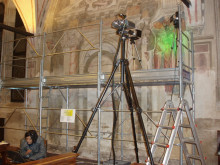
Laser Interferometry for Structural Diagnostics. The main direction of this activity is to investigate deformation, deterioration and fracture mechanisms in order to evaluate the structural condition of materials and systems.
The remote optical sensing of almost invisible defects and alterations, which allows their location, measurement and exact positioning within the structure of the object, as well as their monitoring through
- environmental and climate changes,
- conservation treatments,
- natural or provoked ageing,
- transportation or handling
are among the objectives of this research group.
This is achieved by the effective transfer of interferometric techniques and know-how to CH applications (artworks and monuments) and the continuous inspiration, design, development and implementation of new experimental processes, methodologies and instruments in order to exploit the full potential of laser metrology.
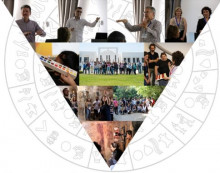
Since 2012 PhoHS at IESL-FORTH organises a series of training activities inviting conservators, conservation scientists, and other Heritage disciplines for an exciting journey to Crete to become acquainted with the latest developments on non-invasive optical technologies and explore their field applications in Cultural Heritage research and conservation.
The aim of OPTO-CH summer courses is to introduce participants to the applications of advanced laser-based technologies in Heritage Science. Lectures from experts on modern laser diagnostic and analytical techniques and laser cleaning methodologies are combined with practical demonstrations and laboratory hands-on sessions. Field experiments on-site at a selected monument in Crete are organised in order to demonstrate the applicability of the techniques in practice.
Further info at https://opto-ch.iesl.forth.gr/
Heads
Scientific Staff
Technical Staff
Research Associates
Students
Alumni

PhoHS Infrastructure and Portable Instrumentation
Access provider: Photonics for Heritage Science, IESL, FORTH
The researchers of IESL-FORTH, respond to the need for on-site material analysis with the development of portable or transportable instrumentation that has been optimized for in situ applications. A long list of related activities includes integrated analytical approaches applied in several field campaigns at museums and archaeological sites in Greece, Europe and the Middle East. The developed portable instrumentation includes:
- Laser Induced Breakdown Spectroscopy system
- Diffuse reflectance Spectroscopy
- micro-Raman Spectroscopy system,
Services
- Analysis and chemical characterization of materials in archaeological objects, artworks or historic monuments such as metals, stones, glass, paints and pigments, organic materials, etc.
- In-depth analysis of multilayered surfaces
- Investigation of degradation materials on different substrates
Related info
http://www.iesl.forth.gr/research/laser.aspx
Infrastructure Equipment
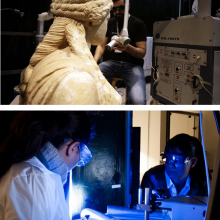
IESL-FORTH holds a number of laser systems with different wavelength, pulse duration and energy output characteristics available for laser cleaning investigations such as:
- Transportable Q-switched Nd:YAG lasers (Quantel Q-smart 850, LITRON TRLi, Spectron SL-805 modified, Quanta Palladio, BMI 5022 DNS 10) emitting both nano- and pico-second (EKSPLA SL 312) laser pulses at various wavelengths (such as 1064, 532, 355, 266 & 213 nm)
- Various excimer lasers emitting nano, pico and femto-second pulses in the UV
- A patented transportable ns Nd:YAG system with dual-wavelength beam output, developed for the laser cleaning project of the Athens Acropolis Monuments especially dedicated to remove pollution crust from stonework without any discoloration or damage
- A transportable LQS Nd:YAG system (ElEn, EOS1000) emitting IR pulses at longer pulse-widths
- An Er:YAG laser system (LITRON NANO L 200-20-Er) emitting at 2094 nm
- A continuous CO2 laser system (Coherent Diamond C20) for the patented application related to the laser conservation of glazed objects.
Various workstations adaptable for different laser cleaning applications with the ability to integrate different optical and opto-mechanical components for the most appropriate beam delivery and control are available such as:
- Handheld units (using a articulated mirrored arm)
- Automated beam scanning units for micrometer control and guidance of the laser beam to the sample (i.e. the painting surface).
The latter, a computer-driven mechanized component, can be adjusted on the basis of fluence values, spot size and pulse repetition rate enabling thus the homogeneous scanning of predefined areas.
Furthermore, a number of multi-modal diagnostic instruments for in-situ assessment of the cleaning result and monitoring of the laser ablation procedure are also available. These can be selected according to the specifications of each individual cleaning case and may be one or more of the following:
- Spectral Imaging to visualise the cleaning state
- Laser-Induced Fluorescence (LIF) to evaluate the thinning of varnish
- Vis-NIR Diffuse Reflectance spectroscopy to chemically characterise the irradiated surfaces
PhoHS group has developed an innovative, transportable ns Nd:YAG system with dual-wavelength (2λ) beam output.
The 2λ prototype, is capable of operating at two wavelengths simultaneously (infrared at 1064nm and ultraviolet at 355nm) and is able to remove thick pollution accumulations in a controlled and safe way for both the object and the operator. The combination of the two wavelengths ensures that no discoloration or damaging phenomena occur on the original substrate while revealing its unique ancient surface. The system is being used on the Athenian Acropolis Sculptures since 2000 till nowadays.
The two-wavelength laser cleaning methodology was suggested and developed in 2001 aiming to address a number of conservation challenges and side-effects; yellowing discoloration of stone surfaces being the most characteristic. The methodology allows the regulation of different laser material ablation regimes and thus can be adapted to different cleaning issues with emphasis to cases in which conventional laser cleaning methodologies (i.e. using IR wavelengths) are not effective or successful. As a general rule for the combination of the 1064nm and 355nm their relative ratio is determined on the basis of the composition and morphology of the material to be removed. In order to remove relatively thick and inhomogeneous crusts the contribution of the IR beam (which is highly absorbed by the bulk of the crust) must be dominant, while for thinner soiling layers UV favoured ablation is recommended. Further research and fine-tuning, of the 2λ methodology on different cleaning challenges provided encouraging results as for example the combination of 1064nm and 532 nm, which has been found particularly promising for the removal of biological encrustation from stonework.
Ιn 2012 the International Institute for Conservation of Historic and Artistic Works (IIC) appreciated the collaborative efforts of the Acropolis Museum and IESL-FORTH to remove controllably dark pollution crusts and reveal the authentic marble sculptures on the basis of this prototype laser system which was operating openly (but safely) at the Museum. The 2012 Keck award was jointly given to the two organisations highlighting the “Laser rejuvenation of Caryatids opens to the public at the Acropolis Museum: A link between ancient and modern Greece”.
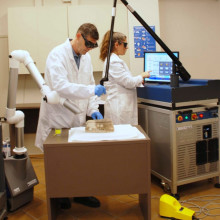
PAλλAS is a result of the CALLOS project and was developed at the Institute of Electronic Structure and Laser of FORTH by the Photonics for Heritage Science Researchers, in collaboration with the conservators of EACA. It was created to address the analytical challenges often faced in Athenian monuments."
Introducing PAλλAS, a cutting-edge Nd: YAG system that offers a triple-wavelength output at 1064nm, 523nm, and 355nm, all in a portable design.
The three-wavelength operation can efficiently remove thick pollution accumulations and biological crust in a controlled and safe way for both the object and the operator. By combining pairs of wavelengths every time, we ensure that an efficient result occurs without any discoloration phenomena on the original substrate while revealing its unique ancient surface.
The PAλλAS laser cleaning system is one of the primary innovative tools used in the Open- to the- public conservation laboratory located in the heart of Athens at the premises of the Ephorate of Antiquities of Athens (EAA).
IRIS-II, a portable MultiSpectral Imaging instrument, enables the compositional and structural study of multi-layered Cultural Heritage surfaces. It is fully portable enabling thus the examination of objects in situ (museums, conservation laboratories, archaeological areas etc.). This imaging system, provides detailed information related to the physical and chemical properties of materials, based on reflection and fluorescence spectroscopy.
The main elements of the multi-spectral imaging system include a camera, an imaging monochromator equipped with a filter wheel of 28 band-pass filters, the objective lens, electronics and a computer that controls all the components. The camera used on the system is a monochrome digital CMOS camera. The spatial resolution is 5MPixels, while the dynamic range applied is 8 bit. This sensor is sensitive from 350 nm up to 1200 nm.
The whole system is designed to be portable and can be carried in a small case.
Finally, custom-made software, entirely developed in LabView is employed. This software enables the control of the system and the data acquisition. Additional processing software for images normalization, calibration and analysis is also developed and used.
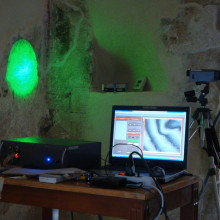
The DHSPI (Digital Holographic Speckle Pattern Interferometry) systems have been developed and continuously optimized at IESL-FORTH with the aim to investigate and monitor deformation, deterioration, and fracture mechanisms and thus to evaluate the structural condition of materials and systems as a result of ageing, mechanical alteration and materials’ failure.
DHSPI captures microscopic alterations of sub-surface topography on the basis of high-resolution interferometric imaging. Hidden defects are revealed as visible interference fringe patterns forming locally inhomogeneous intensity distribution patterns. The deformation data are extracted through the differential displacement of the surface under investigation and the deformation value is measured by multiples of half wavelength.
DHSPI-II, the most recent model, is a compact fully portable system with a built-in data acquisition and processing unit and dedicated user-friendly software, for the system control and data post-processing which enables real-time qualitative and quantitative structural diagnosis. DHSPI-II also allows control (via cable) from a remote pc (eg laptop) which provides extra flexibility for in-situ measurements.
TECHNICAL INFO: •Laser power: 300mW •Coherence length: >30m •CCD resolution: 5MP •Spatial resolution: 144 lines/mm •Displacement resolution: ≥ 266nm •Sensor lens: C-Mount type exchangeable •Beam Divergence: >40cm@1m (Gaussian Profile)
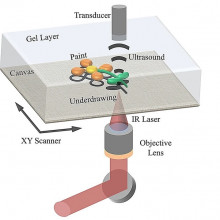
The optimized for CH diagnostic applications photoacoustic (PA) imaging system can reveal well-hidden features in paintings or layered documents and provide structural information of optically opaque layers in artworks. Furthermore, a novel non-contact PA monitoring apparatus can record the intrinsically generated acoustic waves during laser cleaning interventions on stonework or paintings, allowing for precise control of the process.
The non-invasive PA imaging apparatus employs a Q-switched Nd:YAG laser (SL404, Spectron Laser Systems, maximum pulse energy 30 mJ, pulse duration: 10 ns, pulse repetition rate: 10 Hz) emitting near infrared radiation at 1064 nm for the efficient excitation of PA signals. Each sample is firmly fixed on a custom-made holder and irradiated using an adjustable energy fluence to generate PA waves from optically absorbing regions, which are detected in ambient air by a spherically focused non-contact transducer (NCT1-D7-P10, The Ultran Group, nominal central frequency: 1 MHz; focal distance: 10 mm; numerical aperture: 0.31). The signals are subsequently enhanced by a low-noise RF amplifier (62 dB amplification) prior their digitization and recording by an oscilloscope (DSO7034A, Agilent Technologies, bandwidth: 350 MHz). To form an image, the sample is raster scanned along its surface using a set of high precision XY motorized stages, to attain a point-by-point data acquisition in synchronization with the trigger signal of the laser source. The recorded waveforms are processed for high frequency noise elimination before the estimation of the peak-to-peak PA amplitude value, providing the contrast of the final reconstruction.
The PA monitoring apparatus either a contact or an air-coupled ultrasonic transducer for the detection of acoustic waves in the 1-5 MHz regime. Following the incidence of each cleaning pulse, the generated PA signal is digitized and recorded through a high-speed oscilloscope which is synchronized with the laser trigger. Waveforms are processed in real time using custom-developed algorithms to provide multiparametric information on the progress of laser cleaning interventions including the material’s extraction levels, the accurate determination of effective cleaning, as well as, the evaluation of potential side-effects on the substrates.
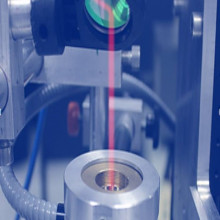
The LIBS microscope has the capacity to provide fast elemental mapping of flat surfaces, typically cross-sections of geological samples, marine shells, bones, teeth etc. The 2D-elemental maps of the scanned surface can be used to identify the distribution of mineral phases in rocks, to measure the variability of elemental proxies related to paleoenvironment in shell studies or to assess the diffusion of environmental pollutants into hard tissues.
In the present micro-LIBS workstation a Q-switched Nd:YAG laser is used (λ = 1064 nm, pulse duration: 10 ns, pulse energy 5-20 mJ). The laser beam is focused on the sample through a laser objective lens down to a spot of 40 - 60 μm in diameter. The light emitted by the plasma is transferred via an optical fiber to the spectrometer which captures LIBS spectra for each one of the laser pulses that scans the surface. According to specific analysis requirements the spectral data is processed on-line or following completion of scanning. Samples are mounted on a motorized X–Y–Z micrometric stage and translated with respect to the laser beam that remains in a fixed position. The typical translation step is of the order of 100 μm. A CCD camera enables the user to have a clear view of the sample surface and to define the area that is to be mapped (any shape is acceptable). The measurement speed is about 0.9 s per point and each map could have 500 - 6000 points (i.e. an elemental map of 4000 points is obtained in about 1 hr). A dual spectrometer unit (AvaSpec-2048-2-USB2) records the LIBS signal (spectral range: 200 - 640 nm, resolution ~ 0.2 - 0.3 nm). For higher sensitivity, the signal can be recorded by a Czerny-Turner spectrometer (Jobin Yvon, TRIAX 320) with an ICCD camera (DH734–18F, Andor Technology) (spectral range ~ 45 nm).
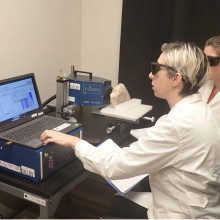
TriENA is a hybrid system that combines three spectroscopic analytical techniques (LIBS, LED-IF, and DR) in one portable device. It is a deliverable of the CALLOS project and has been developed at the Institute of Electronic Structure and Laser of FORTH by the Photonics for Heritage Science Researchers, in collaboration with the conservators of EACA. The system is designed to meet the analytical challenges commonly encountered on Athenian monuments.
This hybrid mobile system combines three spectroscopic techniques: Laser-Induced Breakdown Spectroscopy (LIBS), Diffuse Reflectance Spectroscopy (DR), and LED-Induced Fluorescence (LED-IF), leading to an integrated characterization of the material under examination ‘in-situ’ with no sample removal or preparation restrictions. Moreover, the rapid data acquisition and the user-friendly software increase the system's applicability in archaeometry and art conservation.
LIBS offers a qualitative and semi-quantitative multi-elemental analysis, with its main advantage being the ability to perform stratigraphic analysis on a multi-layered object. The process involves focusing a compact Nd:YAG laser (1064 nm, pulse duration = 10 ns) on the object's surface using a lens, generating a micro-plasma. The emission from the micro-plasma is transmitted through a bifurcated optical fiber into a dual spectrometer unit (Avaspec-2048-2-USB2, Avantes) with a spectral range of 200 - 660 nm and a resolution of 0.2 - 0.3 nm. The analytical information is acquired within seconds.
Differential Reflectance (DR) and LED-Induced Fluorescence (LED-IF) provide information about the molecular composition of a material. DR is based on light absorption from the material, while LED-IF relies on fluorescence induced by a LED source. Both techniques are non-destructive, which makes them highly suitable for analyzing objects in cultural heritage and archaeology. A halogen tungsten lamp is used for the DR measurements, while for the LED-IF measurements, a LED source (375, 438, or 632 nm) excites the material. For DR measurements, a halogen tungsten lamp is used, while LED-IF measurements involve exciting the material with a LED source (375, 438, or 632 nm). To capture a wider range of spectra, the signals from DR and LED-IF are recorded using a low-resolution spectrometer (Avaspec-2048L-USB2, Avantes) with a spectral range of 200 - 1100 nm and a resolution of approximately 2.5 nm.
A miniature CCD camera provides a close-up view of the object's surface during analysis, allowing for precise aiming of the laser beam using a cross-hair indicator overlaid on the image. In addition, light sources, along with the required optics and a visualization camera, are integrated into a lightweight and compact optical probe head.
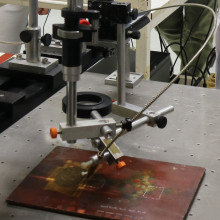
LIF provides information on the chemical identity of materials (in solid or liquid state) on the basis of their fluorescence properties.
LIF has been proven valuable for several fundamental and applied studies such as the following:
• Elucidation of the fundamental mechanisms underlying laser ablation of molecular solids
• Assessment and monitoring of laser cleaning of aged varnish layers on paintings has been investigated.
The LIF set-up developed for these purposes is coupled to a laser-ablation workstation using the same beam configuration. The laser-induced fluorescence is collected (at an angle of almost 45° with respect to the normal to the sample) focused, by a telescopic lens system, into a fused silica optical fiber and transmitted into a 0.25 m Czerny-Turner spectrograph (PTI Model 01-001AD), which is coupled with an ICCD camera (Andor Technology) for the detection of the fluorescence intensity. An XYZ micrometer stage ensures accurate alignment of the telescope-fiber system relative to the irradiated area. Fluorescence emission spectra are recorded in the selected spectral regions and are post-processed to give LIF spectra of the studied surfaces.
Raman spectroscopy gives details about the molecular structure of samples on the basis of the characteristic vibrational modes of the molecule. It can be used to identify a variety of materials (minerals, pigments, organics etc.) and the fact that it is completely non-destructive makes it extremely attractive for the analysis of invaluable objects, such as artworks and archaeological objects.
Our mobile Raman microspectrometer (Exemplar Plus, ΒWTEK) uses a cw (continuous wave) diode laser working at 785 nm as excitation source. An optical probe head focusses the laser beam onto the sample surface by means of a set of objective lenses offering different levels of magnification. A white LED and a digital colour camera are included on the optical head, which allow visualization of the object’s surface and selection of the area (spot) to be analyzed. The spectrometer provides high spectral resolution (< 8 cm−1) and sensitivity, covering a spectral range between 100 – 3300 cm−1. The employed detector (Peltier-cooled) features high sensitivity with low dark counts.
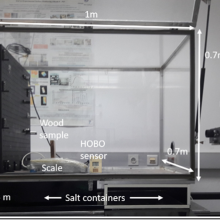
Relative Humidity (RH) ageing chamber
IESL-FORTH has developed this RH ageing chamber on the basis of a series of experiments focused on the DHSPI monitoring of environmentally induced changes on objects. It is a custom-made airtight construction with a main compartment for placing the samples under examination and two compartments under the main floor which receive trays with saturated salts solutions to change the RH inside the chamber. The airflow between the main compartment and the tray's compartments is controlled via slits which may gradually be opened or closed. An RH/T logger acquires, displays and monitors the Relative Humidity (RH) and Temperature (T) of the chamber.
Light ageing chamber
IESL-FORTH has developed this light ageing chamber on the basis of a series of experiments focused on laser thinning of aged and polymerised varnishes. It is a custom-made construction in which all mock-ups/objects are arranged so to receive direct illumination from a series of mercury discharge lamps. The intensity of light exposure onto the mock-up’s surface inside the chamber is measured using a TECPEL DLM-536 Light Meter with Data Logger (which monitors the RH and Temperature of the chamber) and the light intensity value reaching the surface is modified by adjusting its relative distance from the lamp. Various protocols have been developed according to each individual experiment.




